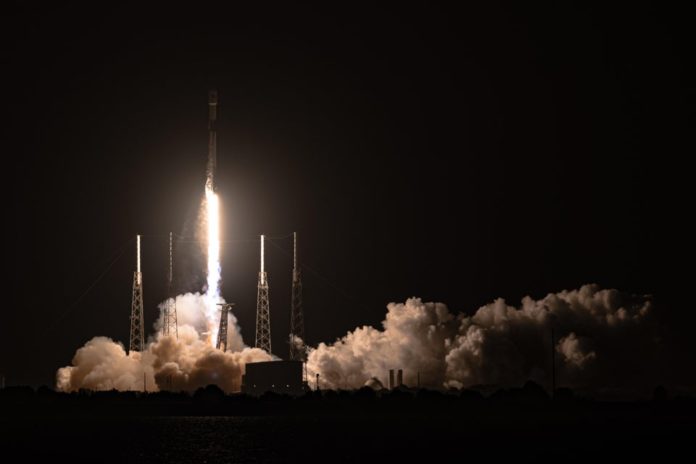Last Thursday (Friday in Australian time), SpaceX launched a Falcon 9 rocket carrying 60 satellites together weighing 18 tons into low earth orbit, in the first installment of the Starlink internet constellation.

As long time readers of your XYZ will be aware, Elon Musk has a reputation among these pages for overpromising and under-delivering. I’m not entirely sure why, but there are now 60 very real satellites in orbit. Starlink is officially real, and it could enter the market as early as next year.
The unique engineering approach of Starlink means that it has the capacity to completely disrupt the global ISP market. There are two weaknesses of traditional satellite internet. The first is that the satellites are located at around 35000km up, and complete exactly one orbit per day. This means they do not move in relation to the ground, so you can point a basic low tech satellite dish in the right direction and leave it there. This also means that the signal is weak and slow. For this reason, satellite internet is usually only used in remote locations where there are no other options.
The Starlink satellite constellation, by contrast, will have over a thousand satellites that orbit 550km up, eliminating these problems. The two main barriers to this in the past have been prohibitively high launch prices and antennas that can track satellites across the sky. SpaceX already has the cheap reusable rockets, and phased array antennas are the solution to the tracking problem.
If Starlink succeeds, it will provide high-speed low-latency connectivity across the entire globe for a fraction of that investment, leaving Australians with a fifty billion dollar white elephant built by small minded politicians who wanted to think of themselves as visionaries.










